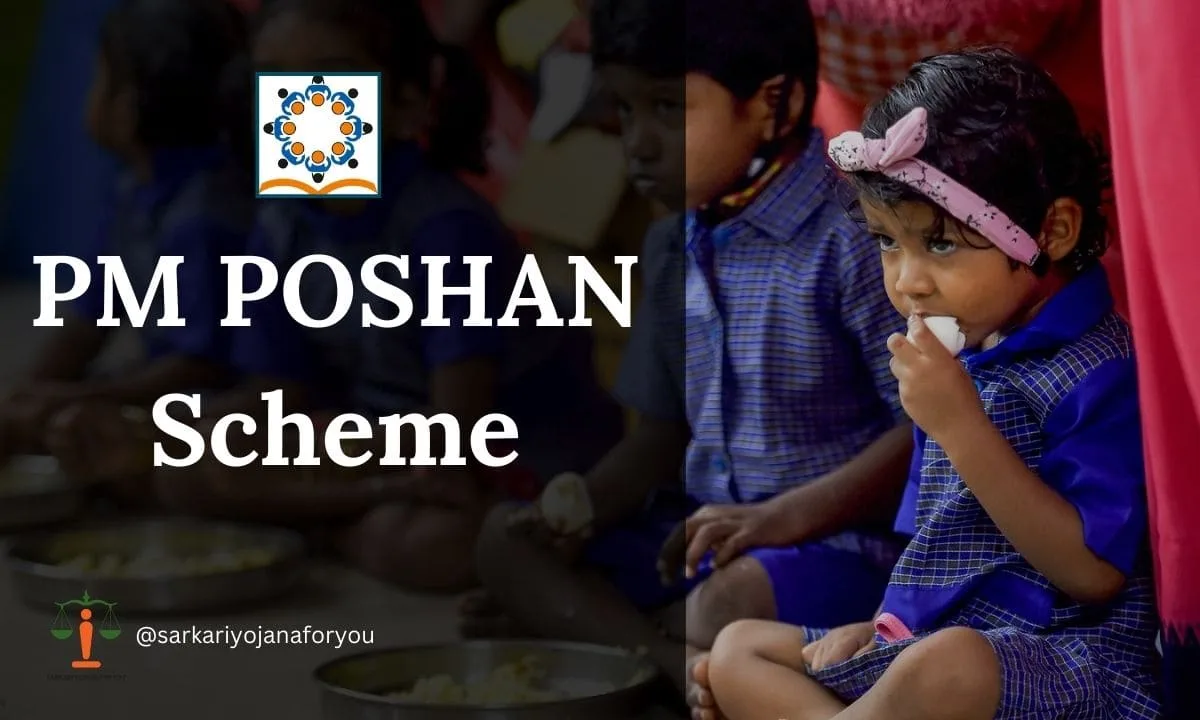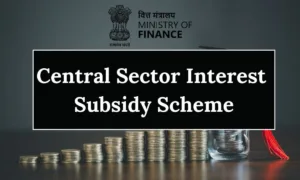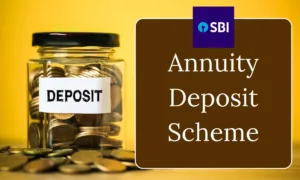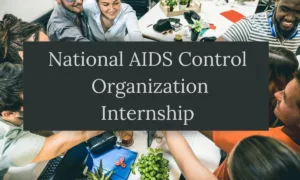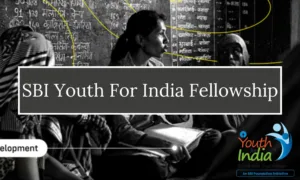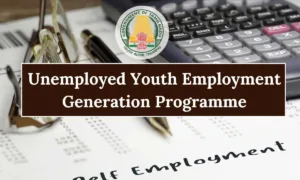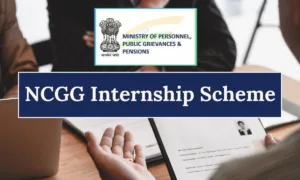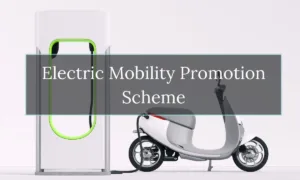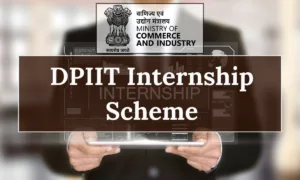Malnutrition among Indian children remains a critical concern, with approximately 38% under the age of five experiencing stunted growth. Insufficient access to nutritious food, coupled with inadequate healthcare, perpetuates this issue. The prevalence of micronutrient deficiencies, such as vitamin A and iron, further compromises their health. Addressing this challenge Government of India launched the Mid Day Meal Scheme in 1995. It is now renamed as “National Scheme for PM POSHAN in Schools” This scheme provides one-time free hot meals to the children studying in classes 1 to 8th. These children typically are under the age group of 6 to 14.
In this article, we are going to learn about the PM POSHAN Scheme in detail. In case of any query, you can connect with us through email or comment. This scheme has been included in the Viksit Sankalp Yatra and therefore, has relevance in coming in the upcoming competitive examinations like UPSC, UPPSC, UKSC, SSC, and other exams.


What is the PM POSHAN Scheme?
Pradhan Mantri Poshan Shakti Nirman (PM POSHAN), formerly recognized as the National Programme of Mid-Day Meal in Schools, aligned with the National Food Security Act, 2013 (NFSA). The central aim of this initiative is to enhance the nutritional well-being of students in classes 1 to 8 attending eligible schools. It has been initially launched for five years (2021-22 to 2025-26).
PM POSHAN is a centrally sponsored initiative led by the Department of School Education & Literacy, Ministry of Education. It ensures the provision of a hot cooked meal to children in Government and Government-aided schools nationwide. This inclusive scheme caters to all eligible children, irrespective of gender or social class. The primary goals of PM POSHAN Abhiyaan are to alleviate hunger and enhance education by improving the nutritional well-being of eligible students, particularly those from disadvantaged backgrounds.
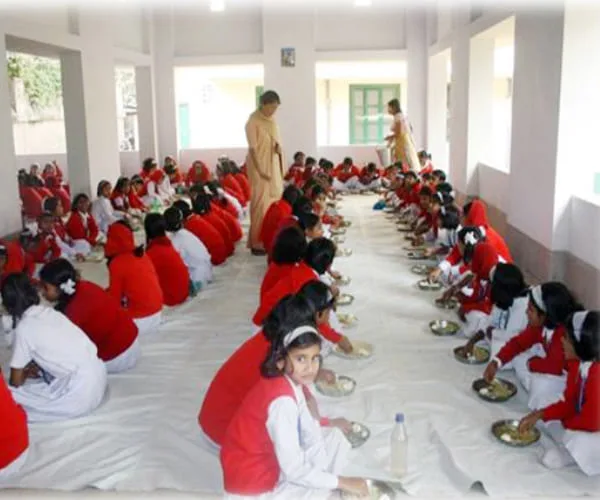
Positioned within the broader Integrated Child Development Services Scheme (ICDS), PM POSHAN aligns with initiatives like Anganwadi Services, Pradhan Mantri Matru Vandana Yojana, and the Scheme for Adolescent Girls.
| PM POSHAN Scheme 2023 Key Highlights | |
| PM POSHAN 2023 Launch Date | September 29, 2021 |
| PM POSHAN Official Website | PM POSHAN Link |
| PM POSHAN Objective | To provide one-time hot nutritious meals to the students of Government and government-aided schools. |
| PM POSHAN Beneficiaries | Government School Students of Class 1 to 8 |
| PM POSHAN Budget 2021-26 | ₹ 130794.90 Crore |
| PM POSHAN Centre to State Ratio | 60:40 |
| PM POSHAN Age Limit | Primary (1-5) and Upper Primary (6-8) students |
| PM POSHAN Tenure | 5 years (2021-2026) |
| PM POSHAN Under which Ministry | Ministry of Education |
| PM POSHAN Per Child Total Cost | Rs 4.97 – PrimaryRs7.45 – Upper Primary |
| PM POSHAN Helpline Number | Contact Numbers |
PM POSHAN Scheme Objective
The Scheme aims to tackle two prevalent challenges for a significant number of Indian children: hunger and education. Its objectives include enhancing the nutritional well-being of eligible students in Government and Government-aided schools.
Additionally, the initiative seeks to promote regular attendance and improve concentration in classroom activities for underprivileged children. Furthermore, the Scheme extends nutritional support to elementary-stage children in areas affected by drought or disasters during summer vacations.
PM POSHAN Scheme Nutrition Count
The Scheme includes the distribution of hot cooked meals not only to the 11.80 crore children in classes 1 to 8 across 11.20 lakh schools but also extends to children in pre-schools or Bal Vatika (before class 1) in primary schools.
| Nutrition norm per child per day | ||
| Level | Calorie | Portion |
| Primary | 450 | 20 gms |
| Upper Primary | 700 | 40 gms |
| Food norms per child per day | |||||
| Level | Food grains | Pulses | Vegetables | Oil & Fats | Salts & condiments |
| Primary | 100 gms | 20 gms | 50 gms | 5 gms | As per need |
| Upper Primary | 150 gms | 30 gms | 75 gms | 7.5 gms | As per need |
Please Note: According to the 2020 United Nations Development Programme report titled “Charting Pathways out of Multidimensional Poverty: Achieving the SDGs,” there has been a substantial decline in the prevalence of multidimensional poverty in India, decreasing from 55.1% in 2005 to 27.9% in 2015-2016.
PM POSHAN Scheme History (Mid-Day Meal Scheme)
- The Mid Day Meal scheme in India has a history dating back to 1925 when it was introduced in Madras Municipal Corporation for disadvantaged children.
- By the mid-1980s, Gujarat, Kerala, Tamil Nadu, and Pondicherry had universalized a cooked Mid Day Meal Programme.
- The National Programme of Nutritional Support to Primary Education (NP-NSPE) was launched in 1995, initially in 2408 blocks, and later extended to cover all blocks by 1997-98.
- In 2002, the program expanded to include children in classes 1 to 5 of Government, Government-aided, and local body schools, as well as those in Education Guarantee Scheme (EGS) and Alternative and Innovative Education (AIE) centers.
- The scheme was revised in 2004 to provide a cooked mid-day meal with 300 calories and 8-12 grams of protein to children in classes 1 to 5th
- In 2007, the program further expanded to cover upper primary children in classes 6th to 8th.
- From 2008-09, the program covered all children in Government, Local Body, and Government-aided primary and upper primary schools.
- In 2009, revisions were made to food norms, cooking costs, and the introduction of an honorarium for cooks and helpers.
- Changes in 2019 included an annual increase in cooking costs linked to the inflation index and revisions in transportation assistance, Management, Monitoring, and Evaluation (MME) rates, and procurement/replacement of kitchen devices. The list of the enrollment and the unit cost is below.
| No. of children | Unit cost in Rupees |
| Upto 50 | 10,000 |
| 51 – 150 | 15,000 |
| 151 – 250 | 20,000 |
| 250 and above | 25,000 |
PM POSHAN Scheme Budget 20221-22 to 2025-26
- The Cabinet Committee on Economic Affairs (CCEA) approved the PM POSHAN Scheme, previously known as the Mid-Day Meal Scheme, spanning from 2021-22 to 2025-26.
- The Scheme provides one hot cooked meal to Government and Government-aided schools, covering 11.80 crore children in Classes I-VIII across 11.20 lakh schools.
- The approved financial outlay is ₹130,794.90 crore, with the Central Government contributing ₹54,061.73 crore and State Governments & UT administrations providing ₹31,733.17 crore.

PM POSHAN Scheme Features 2023
- The PM POSHAN initiative aims to benefit 11.8 crore students in classes 1 to 8 across 11.2 lakh schools nationwide.
- Currently, primary (1-5) and upper primary (6-8) students are entitled to 100 grams and 150 grams of food grains per working day to ensure a minimum of 700 calories.
- The scheme will extend to include students in pre-primary or Balvatikas in government and government-aided primary schools, targeting children below six years for formal education.
- The government promotes nutritional gardens in schools to provide additional micro-nutrients to students.
- The new scheme allows for supplementary nutrition in aspirational districts and areas with a high prevalence of anemia, removing restrictions on funded food components.
- The Tithi Bhojan concept, a community participation program providing special food during occasions/festivals, will be actively encouraged.
- Direct Benefit Transfer (DBT) from states to schools will cover cooking costs, eliminating potential leakages at district and tehsil levels.
- A nutrition expert will be appointed in each school to address health aspects like Body Mass Index (BMI), weight, and hemoglobin levels.
- A social audit of the scheme is mandated for each school in every state, engaging college and university students for local-level monitoring.
- The Centre will contribute Rs. 54,061 crore of the total estimated cost of Rs 1.3 lakh crore, with states contributing Rs. 31,733 crore, including Rs. 45,000 crore as subsidies for food grains.
- The scheme encourages the involvement of Farmers Producer Organizations (FPO) and Women Self Help Groups, promoting the use of locally grown traditional food items for local economic growth.
- Vocal for Local initiative emphasizes the use of locally grown traditional food items to boost local economic growth.
- Field visits for progress monitoring will involve students from eminent Universities/Institutions and trainee teachers from Regional Institutes of Education (RIE) and District Institutes of Education and Training (DIET).
PM POSHAN Scheme Key Components
- Food Grains: Supplying food grains at 100 grams per child per school day for primary and 150 grams for upper primary, priced at NFSA rates: ₹1 per kg for coarse grains, ₹2 per kg for wheat, and ₹3 per kg for rice.
- Cooking Cost: Inclusive of ingredients (pulses, vegetables, cooking oil, condiments, and fuel) with a per child per day cooking cost of ₹4.97 for primary and ₹7.45 for upper primary, effective from April 1, 2020.
- Honorarium to Cook-cum-Helpers: Providing ₹1000 per month for 10 months in a year.
- Transportation Assistance: Aligned with PDS rate for transporting food grains from FCI godown to school doorsteps, with a maximum of ₹1500 per MT for states excluding NER and two Himalayan states and UTs.
- Management, Monitoring, and Evaluation (MME): Allocating 3% of the aggregate cost of food grains, cooking cost, Honorarium to Cook-cum-Helpers, and Transportation Assistance.
- Provision of Meals during summer vacations in drought/disaster-affected areas.
- Kitchen-cum-store: Allotted as per plinth area norm and State Schedule of Rates, with 20 sq meters for schools having an enrollment of 100 students and an additional 4 sq meters for every additional 100 students.
- Kitchen Devices: Linked with enrollment.
- Repair of Kitchen-cum-stores: ₹10,000 per unit for structures constructed 10 years ago.
- Fortification of Food Items: Systematic fortification through Food Corporation of India (FCI).0
- Innovation/Flexibility Component: Allocating 5% of the aggregate cost with no separate budgetary support, meeting funds from available resources, and implementing in accordance with the Department of Expenditure dated 06.09.2016.
- Provision of meals to preparatory classes or Balvatika (before class I) in primary schools, as covered in Samagra Shiksha under the National Education Policy.
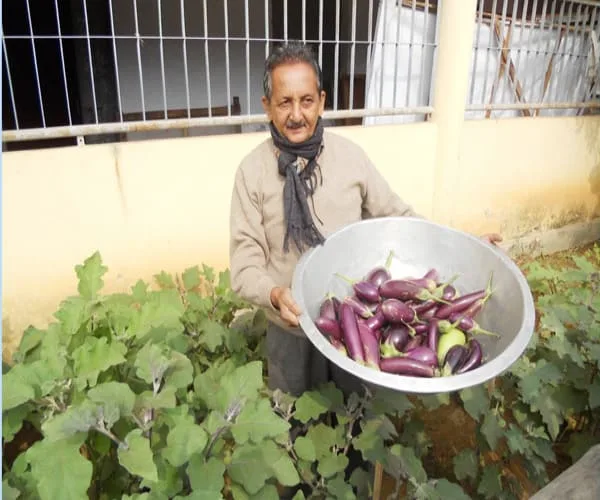
PM POSHAN Scheme Community Participation
The aim is to empower mothers of children enrolled in the program to oversee meal preparation, ensuring its quality and consistency. Mothers are encouraged to rotate responsibilities, dedicating a few hours once or twice a month. This “Mothers Watch” initiative not only provides mothers with a voice and role but also fosters greater ownership of the program.
Efficient mobilization of mothers involves:
- Giving preference to women in the recruitment of cooks cum helpers.
- Providing guidance to mothers on their supervisory role in meal preparation and cooking.
- Emphasizing that their involvement, as primary stakeholders, significantly enhances meal regularity and quality.
- Creating awareness among mothers about critical aspects of the program that require their supervision.
- Establishing formalized roster systems, enabling mothers to take turns on specified days for effective participation.
- Soliciting their input on program strategies to strengthen community involvement, add value to meals, and more.
PM POSHAN Scheme Current Challenges
India faces significant challenges in meeting global nutrition targets, as indicated by the Global Nutrition Report 2022, where it is among 88 countries anticipated to fall short by 2025. The country’s Global Hunger Index (GHI) ranking is alarming, standing at 111 out of 125 nations in 2023, reflecting a “serious” level of hunger. The menace of malnutrition is further underscored by the National Family Health Survey-5, revealing worsening child malnutrition in various states.
Disturbingly, India hosts approximately 30% of the world’s stunted children and nearly half of severely wasted children under the age of five. Beyond nutritional concerns, corrupt practices and instances of caste bias and discrimination in food distribution pose additional challenges, emphasizing the need for comprehensive efforts to address these complex issues.
What is the Global Nutrition Target?
Addressing the urgent global issue of malnutrition, the World Health Assembly, in 2012, endorsed a specific set of six global nutrition targets to be met by 2025:
- Achieve a 50% reduction of anemia in women of reproductive age.
- Ensure no increase in childhood overweight.
- Increase the rate of exclusive breastfeeding in the first 6 months to at least 50%.
- Reduce and maintain childhood waste to less than 5%.
- Achieve a 30% reduction in low birth weight.
- Implement a 40% reduction in stunting for children below 5 years of age.
These targets are critical milestones in the collective effort to combat malnutrition on a global scale.

PM POSHAN Scheme Journey Improvement Till Now
On February 12, 2022, the central government urged state governments and union territory administrations to consider incorporating millets into the PM POSHAN Scheme, especially in districts where the consumption of millets is a culturally embraced dietary practice. Additionally, NITI Aayog has been promoting the inclusion of millets in the mid-day meal program, formerly known as the PM POSHAN Scheme, as a departure from the reliance on rice and wheat.
Millet Benefits
Millets, also known as nutri-cereals encompassing Jowar, Bajra, and Ragi, offer a plethora of advantages. They are abundant in minerals, B-complex vitamins, proteins, and antioxidants, rendering them an optimal choice for enhancing the nutritional well-being of children.
The manifold benefits associated with millets extend to addressing concerns related to nutrition security, food systems security, and the welfare of farmers. Additionally, the distinctive characteristics of millets make them a resilient crop suitable for India’s diverse agro-climatic conditions.
Please Note: The world is celebrating International Day of Millets in 2023 and India has been nominated for Grammy Awards due to their song “Abundance in Millets” song featuring PM Modi.
PM POSHAN Scheme Way Forward
Examining the data pertaining to children’s nutrition underscores the crucial necessity of advocating for the integration of health and nutrition initiatives from pregnancy through the child’s fifth year.
A meticulously devised and impactful Social and Behavioural Change Communication (SBCC) strategy is imperative due to the deeply rooted nature of behaviors within societal and family traditions.
Timely and proficient monitoring and execution of programs aimed at combating malnutrition, such as SOCIAL AUDIT, Field visits for progress monitoring and checking the efficiency of the scheme with a particular focus on mitigating child undernutrition, should be a central priority in the national development agenda.
